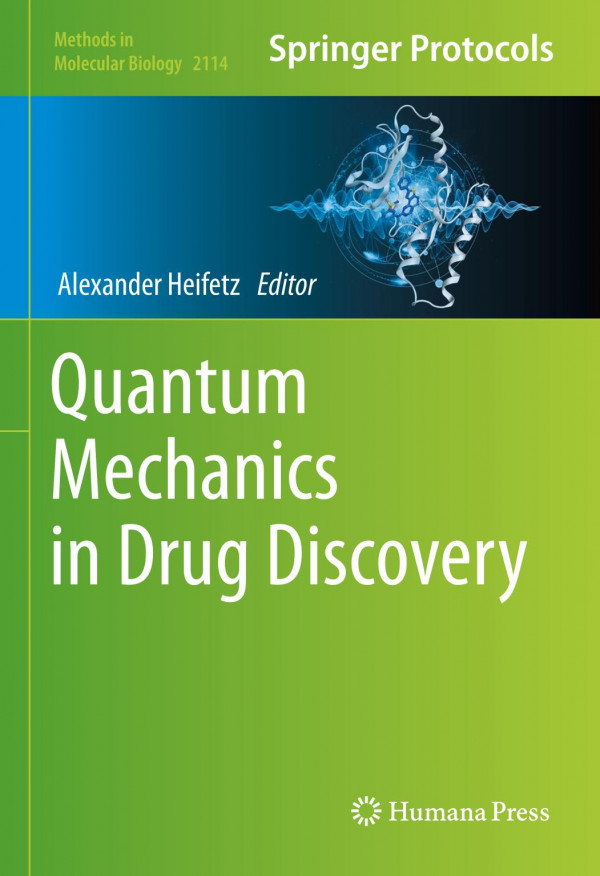

Most ebook files are in PDF format, so you can easily read them using various software such as Foxit Reader or directly on the Google Chrome browser.
Some ebook files are released by publishers in other formats such as .awz, .mobi, .epub, .fb2, etc. You may need to install specific software to read these formats on mobile/PC, such as Calibre.
Please read the tutorial at this link: https://ebookbell.com/faq
We offer FREE conversion to the popular formats you request; however, this may take some time. Therefore, right after payment, please email us, and we will try to provide the service as quickly as possible.
For some exceptional file formats or broken links (if any), please refrain from opening any disputes. Instead, email us first, and we will try to assist within a maximum of 6 hours.
EbookBell Team

0.0
0 reviewsThis volume looks at applications of quantum mechanical (QM) methods in drug discovery. The chapters in this book describe how QM approaches can be applied to address key drug discovery issues, such as characterizing protein-water-ligand and protein-protein interactions, providing estimates of binding affinities, determining ligand energies and bioactive conformations, refinement of molecular geometries, scoring docked protein–ligand poses, describing molecular similarity, structure–activity-relationship (SAR) analysis, and ADMET prediction. Written in the highly successful Methods in Molecular Biology series format, chapters include introductions to their respective topics, lists of the necessary software and tools, step-by-step, readily reproducible modeling protocols, and tips on troubleshooting and avoiding known pitfalls.
Cutting-edge and unique, Quantum Mechanics in Drug Discoveryis a valuable resource for structural and molecular biologists, computational and medicinal chemists, pharmacologists, and drug designers.
From the Back Cover
This volume looks at applications of quantum mechanical (QM) methods in drug discovery. The chapters in this book describe how QM approaches can be applied to address key drug discovery issues, such as characterizing protein-water-ligand and protein-protein interactions, providing estimates of binding affinities, determining ligand energies and bioactive conformations, refinement of molecular geometries, scoring docked protein–ligand poses, describing molecular similarity, structure–activity-relationship (SAR) analysis, and ADMET prediction. Written in the highly successful Methods in Molecular Biology series format, chapters include introductions to their respective topics, lists of the necessary software and tools, step-by-step, readily reproducible modeling protocols, and tips on troubleshooting and avoiding known pitfalls.